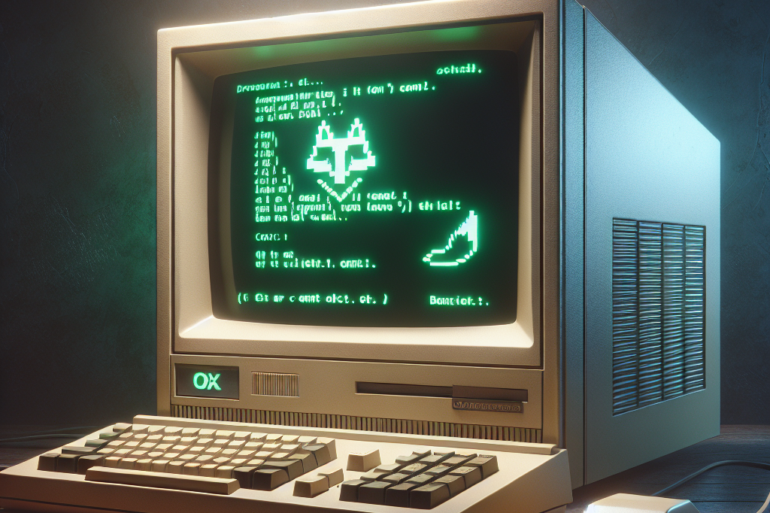FoxPro: A Vintage Programming Gem in the Digital Age
FoxPro, a venerable programming language from the annals of computing, may evoke nostalgia for some and curiosity for others. While it may not be the flashiest language in today’s tech landscape, it holds a special place in the hearts of programmers who remember its heyday. Let’s dive into the enigmatic world of FoxPro and uncover its evolution and enduring impact.
FoxPro’s Genesis: A Fox in the Xbase Den
FoxPro emerged in the early 1980s as an extension of the popular dBASE II database management system. Its creator, Wayne Ratliff, sought to expand dBASE’s capabilities by introducing a visual programming environment and a more user-friendly interface. And thus, FoxPro was born, bringing a fox into the xBase family.
The Golden Age: FoxPro’s Reign as the King of Fox
Throughout the 1990s, FoxPro soared in popularity, becoming the go-to language for developing business applications that required fast and efficient data handling. Its object-oriented programming capabilities and intuitive tools made it a beloved choice for programmers. Imagine FoxPro as the cool kid in the schoolyard, strutting around with its slick syntax and powerful features.
The Eclipse: A New Era Dawns on the Digital Landscape
As the new millennium approached, the rise of the internet and the advent of web-based applications shifted the programming paradigm. FoxPro, primarily designed for desktop applications, found itself facing stiff competition from languages like Java and C#. It was like watching the mighty FoxPro, once the king of the jungle, being challenged by a pack of hungry wolves.
FoxPro’s Transformation: From Desktop to a Modern-Day Renaissance
Despite the changing tides, FoxPro didn’t disappear. It evolved. Developers discovered that FoxPro’s robust data handling capabilities made it ideal for building enterprise-grade applications. Its efficiency and low maintenance costs also made it a favorite for legacy system modernization projects. Think of FoxPro as a wise old wizard, still casting spells in the modern world of technology.
FoxPro Today: A Legacy Language with a Future
While FoxPro may no longer be the flashy upstart it once was, it remains a respected and reliable programming language. It continues to be used in a wide variety of applications, from small business solutions to large-scale enterprise systems. Its dedicated community of developers ensures that FoxPro remains relevant and supported. It’s like a fine wine that ages gracefully, gaining value over time.
Conclusion: FoxPro’s Enduring Impact
FoxPro may not be the most popular programming language today, but its legacy and impact cannot be overstated. It revolutionized data handling applications in the 1990s, and its influence continues to be felt in many legacy systems today. Its efficient data management capabilities and intuitive interface make it an enduring choice for developers looking to build reliable and maintainable applications. While it may not be the newest kid on the block, FoxPro remains a valuable tool in the programmer’s toolbox, proving that even in the digital age, legacy languages can still hold their own.




